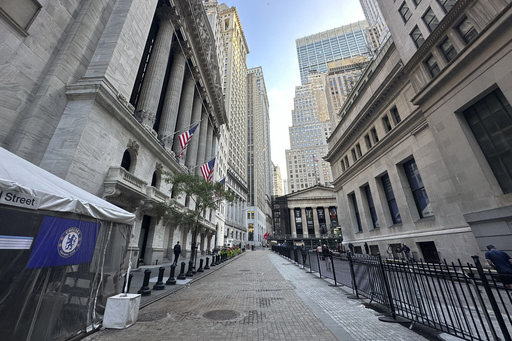U.S. stocks surged on Friday as Federal Reserve Chair Jerome Powell hinted at upcoming interest rate cuts to support the economy. Powell’s statement indicated a shift from the Fed’s previous strategy of raising rates to combat rising inflation. The S&P 500 rose by 1%, with the Dow Jones Industrial Average up by 0.7% and the Nasdaq composite climbing by 1.4% in morning trading.
The Federal Reserve began raising interest rates over two years ago to tackle soaring inflation levels. Powell acknowledged that while the job market had improved and inflation concerns had eased, the Fed’s focus now includes safeguarding employment and sustaining economic growth amid predictions of a potential recession.
Powell emphasized the necessity for policy adjustments and hinted at forthcoming rate cuts, but withheld specific details that investors were eager to hear. Market expectations of a potential 1% rate cut by the end of the year have already influenced Treasury yields, which have been declining since April in anticipation of the Fed’s move.
Strong earnings reports from various companies, such as Ross Stores and Workday, helped buoy the market despite Red Robin Gourmet Burgers reporting a larger-than-expected quarterly loss. Amid ongoing economic challenges, Ross Stores CEO Barbara Rentler highlighted the continued financial strain on low- and moderate-income consumers.
In the bond market, the 10-year Treasury yield fell to 3.80% while the two-year yield, indicative of market expectations, decreased to 3.95%. Overseas, European stocks saw modest gains, following mixed performances in Asian markets.
In Tokyo, the Nikkei 225 rose after Bank of Japan Governor Kazuo Ueda hinted at potential gradual interest rate increases. The Bank of Japan’s previous rate hike had triggered market instability, prompting assurances of a cautious approach to future rate actions to avoid further disruptions.
The S&P 500 is nearing its record high set last month, indicating market resilience despite uncertainties surrounding interest rate cuts and economic challenges.


